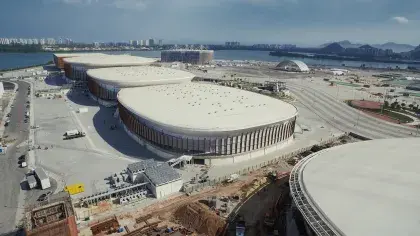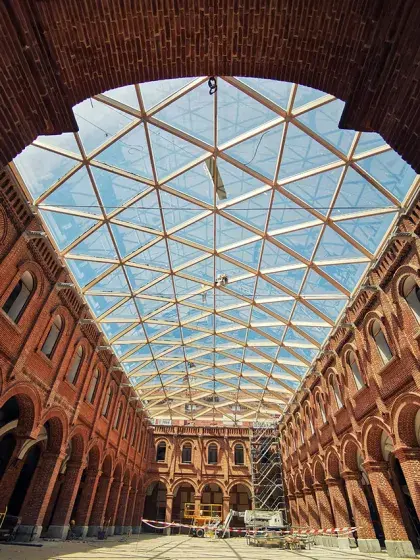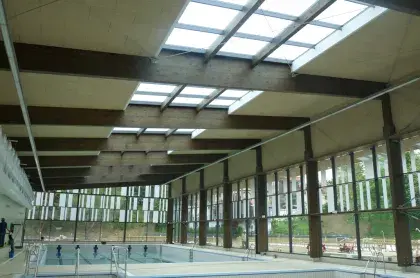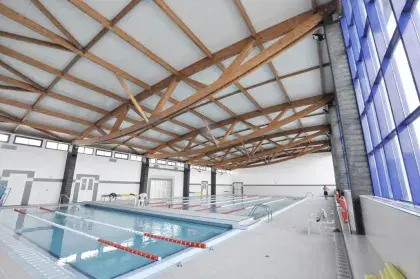Laminated Wood
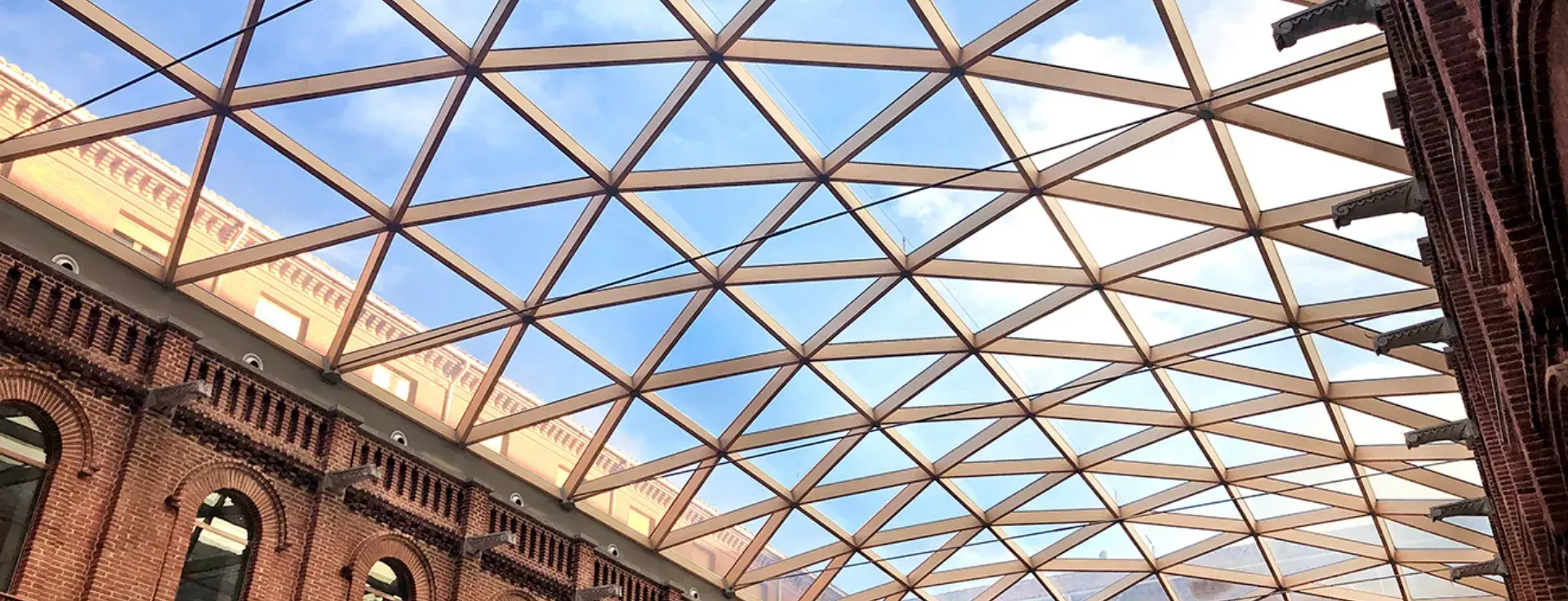
Diocesan and Holy Week Museum
León / Spain
Laminated wood has undergone spectacular technical development and now offers performance that far exceeds that of other construction materials.
Laminated wood provides limitless versatility for architectural creativity, making it particularly suitable for large spans. Its flexibility in shape selection allows for unique aesthetic achievements, both indoors and outdoors, enhanced by the natural beauty of wood.
Laminated wood is highly appreciated in spaces where decoration plays an important role, as it is a visually appealing material due to its quality finish and the rounded shapes it can adopt.
This new material has characteristics that differentiate it from conventional metal structures:
- The ability to produce beams in various shapes: curved, triangular, trapezoidal, etc.
- The capacity for large spans with deep beams.
- The natural aesthetic of wood.
- High-quality surface finish.
- Excellent resistance to moisture and fire.
Additionally, laminated wood offers exceptional fire resistance. Under fire conditions, a charring layer forms on the wood’s surface, acting as an insulator and preventing flames from penetrating deeper. This ensures the mechanical properties of the core remain intact, maintaining the structural stability for a longer period than other materials.
At LANIK, we leverage all our construction expertise in the manufacture and optimization of this type of structure. Supported by advanced technology and resources, we offer a comprehensive service from design to manufacturing and assembly of laminated wood structures.
Our Manufacturing Process
The raw boards for manufacturing glued laminated pieces are made from Nordic Spruce (Picea Abies), unless otherwise specified in the technical specifications. The boards have a maximum moisture content of 15%, achieved through artificial drying, with no more than a 2% moisture difference between adjacent layers. The fibers of all layers are parallel to the longitudinal axis of the piece.
Mechanical Characteristics: The classification into categories is performed according to the Technical Building Code, specifically the Basic Structural Safety Wood Document (SE-M).
The cross-sectional area of the layers is less than 70 cm², with thickness and height not exceeding 45 mm and 250 mm, respectively.
Adhesives
Adhesives meeting the specifications for Type I, as defined in UNE EN 301, may be used in all service classes. Adhesives meeting the specifications for Type II may only be used in service classes 1 or 2 and must not be exposed to prolonged temperatures above 50°C.
Adhesives used in the manufacture of structural wood elements must comply with UNE EN 301 and UNE EN 12436:2002 standards.
The product must visibly indicate that the adhesive is suitable for structural use and specify the service classes it is appropriate for.
Wood Protection
Once the manufacturing of the glued wood components is completed, they are treated in the factory with a microporous varnish that is impermeable to water but permeable to vapor, allowing continuous hygrometric exchange between the components and the environment. This product is applied by impregnation and has insecticidal, fungicidal, and water-repellent properties.
To prevent rotting, all components are isolated from potential moisture sources using mastic joints or other bituminous and water-repellent products, while generally avoiding any accumulation of water through appropriate construction measures.
For exterior components directly exposed to climatic conditions, the protective coating should be reapplied approximately every two years.
In components subjected to intense sunlight or located in excessively heated environments, moisture loss in the wood can cause cracks to appear. This condition typically stabilizes after several months.
Fittings and Bolts
The fittings are made of A42b steel according to UNE 36080/85, coated with epoxy paints or galvanized for structures located in corrosive environments or near the sea.
A visual inspection of the finishes is carried out, both for uncoated and coated metal parts.
Suppliers are required to provide the corresponding quality certificates for the coatings (type and thickness).
Bolts and screws are made of A4t steel according to MV-106 standards, qualities 4.6 and 8.8 (UNE-EN 20898-1:92), and are equipped with standardized washers. Helical nails are used. All these components are galvanized.
Laminated Wood projects
